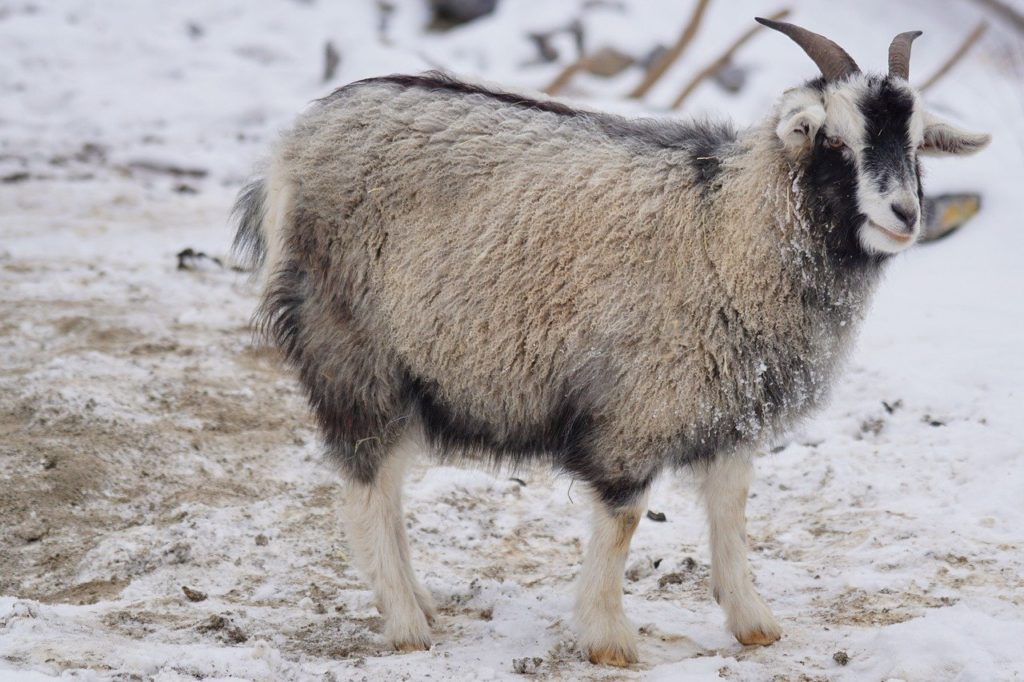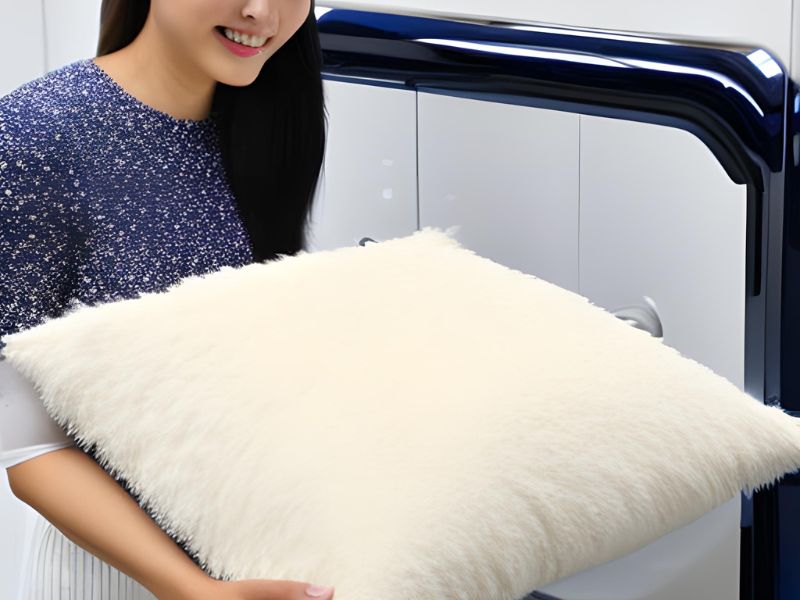Hello, dear reader! Let me take you on a journey today across the vast steppes of Mongolia, home to a rich tradition and the source of some of the world’s most prized furs. By the end of this journey, you will not only know where Mongolian fur comes from but also appreciate the intricacies of its production. So, buckle up for a ride into the realm of furry warmth!
Main Sources of “Mongolian Fur”
The term “Mongolian Fur” has become a little convoluted over the years. Though products such as Mongolian fur pillows, throws, rugs, etc say they are made from Mongolian fur, the fabric could be sourced from New Zealand, Tibet, and China or perhaps even be faux Mongolian fur.
If you are looking for fur and fabric that specifically comes from Mongolia, then you do need to do a little digging to make sure the fur was sourced from Mongolia where the ethical concerns are less and non-factory produced.
The Heritage of Mongolian Fur
Fur has played an integral part in Mongolian culture for centuries. Traditional attire, such as the ‘deel’, is frequently lined with fur to provide the necessary warmth during the harsh winters. I must say, there’s nothing quite like the feeling of a soft, warm fur lining to fend off a chilling Mongolian winter breeze.
Fast forward to the present day, and the story remains the same – Mongolian fur is still globally appreciated. So, let’s delve a bit deeper into how this fur makes its journey from Mongolian pastures to your favorite clothing stores.
Sourcing Mongolian Fur: It’s All About the Animals

The magic begins with Mongolia’s abundant livestock, especially sheep, goats, and yaks. Here’s a closer look at each:
- Sheep: The fur of Mongolian sheep is renowned for its warmth and durability. Among these, the Khangai Mountain sheep produce particularly dense fur, perfect for the chilly winter months.
- Goats: Mongolian goats, specifically the Cashmere goats, are treasured for their undercoats, which produce the world-renowned Mongolian cashmere, a type of fur known for its remarkable softness and warmth.
- Yaks: Yak fur, although not as globally recognized, is a vital part of local traditions. It’s thick, warm, and is generally used in producing carpets and traditional clothing.
Other animals, like camels and foxes, also contribute to this rich tapestry, although in smaller proportions.
From Pasture to Coat: The Art of Fur Production

The process of transforming raw fur into a finished product is an art form passed down through generations. The process starts with shearing or combing the animals in spring when they start to shed their winter coat naturally. This timing is crucial not only to ensure the animal’s comfort but also to collect the warmest fur.
Following this, the raw fur undergoes a series of treatments including washing, carding, spinning, and dyeing. It is then handcrafted into various products – from the stylish coat you might have seen on a runway to traditional Mongolian garments.
The Fur Trade: A Pillar of Mongolia’s Economy
Now, let’s talk about the ‘business’ side of things. Fur production is more than just a cultural practice in Mongolia – it is a vital part of the country’s economy. Mongolia is one of the top exporters of fur, particularly cashmere, to major international markets including the United States, Europe, and China.
Wrapping Up
So there you have it, dear reader. Mongolian fur, a blend of tradition, nature, and craftsmanship, makes its journey from the rugged terrains of Mongolia to our homes. It’s a journey fraught with challenges, but also abundant in rewards.
I hope this article leaves you with a deeper appreciation of your fur-lined coat or that soft cashmere scarf. Let’s continue to appreciate this wonderful gift of nature, responsibly and ethically.
Remember, every product has a story, and now you know the tale of Mongolian fur. Until next time, stay warm and stay curious!
